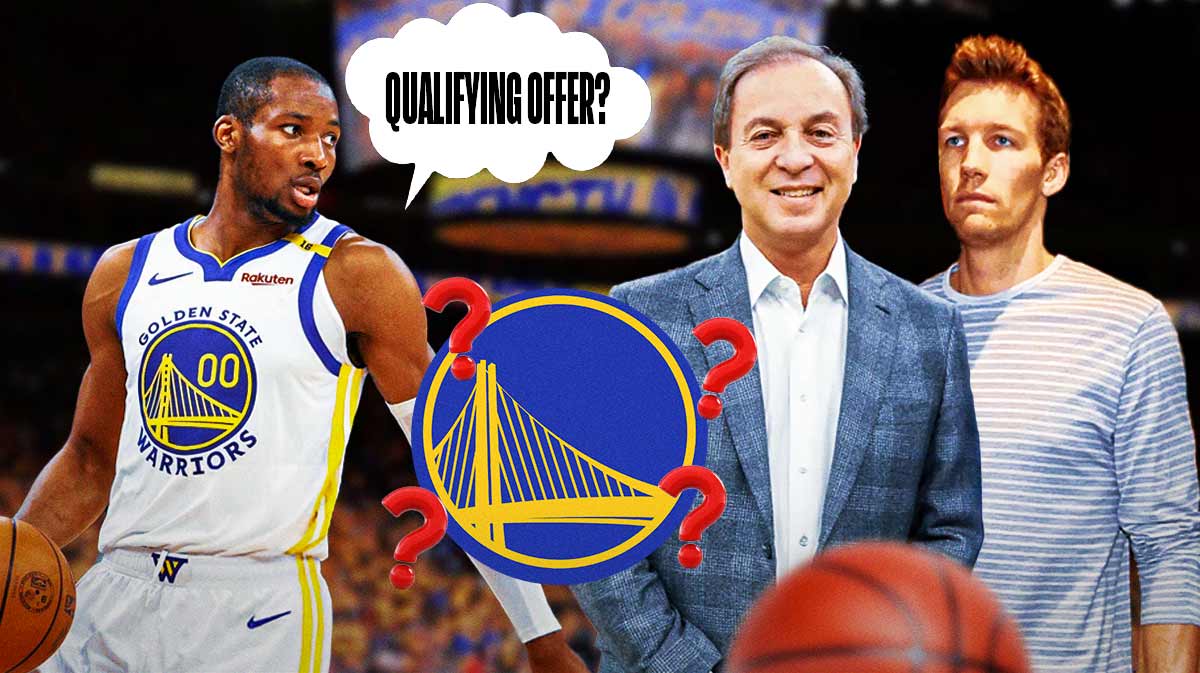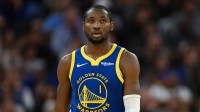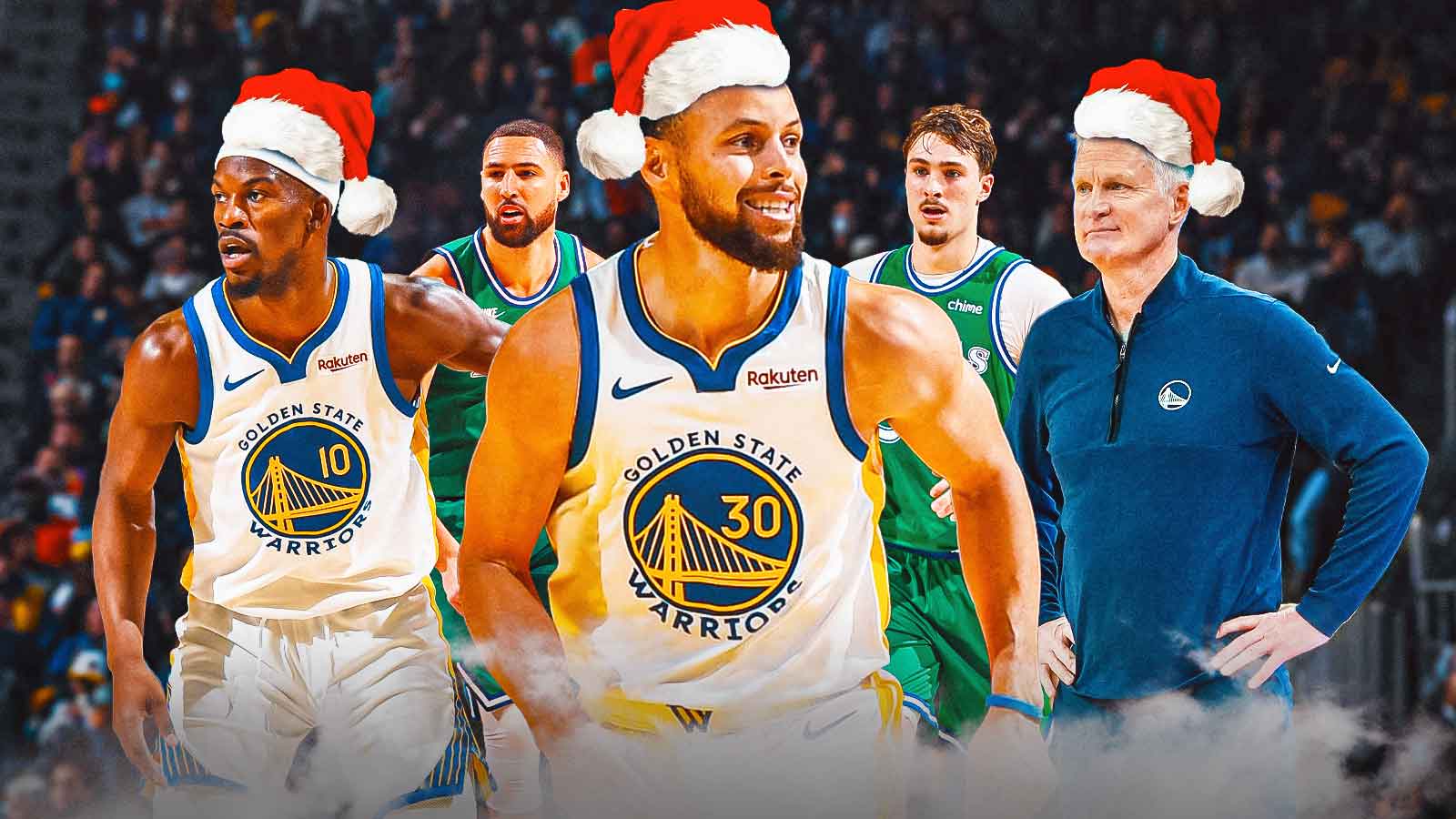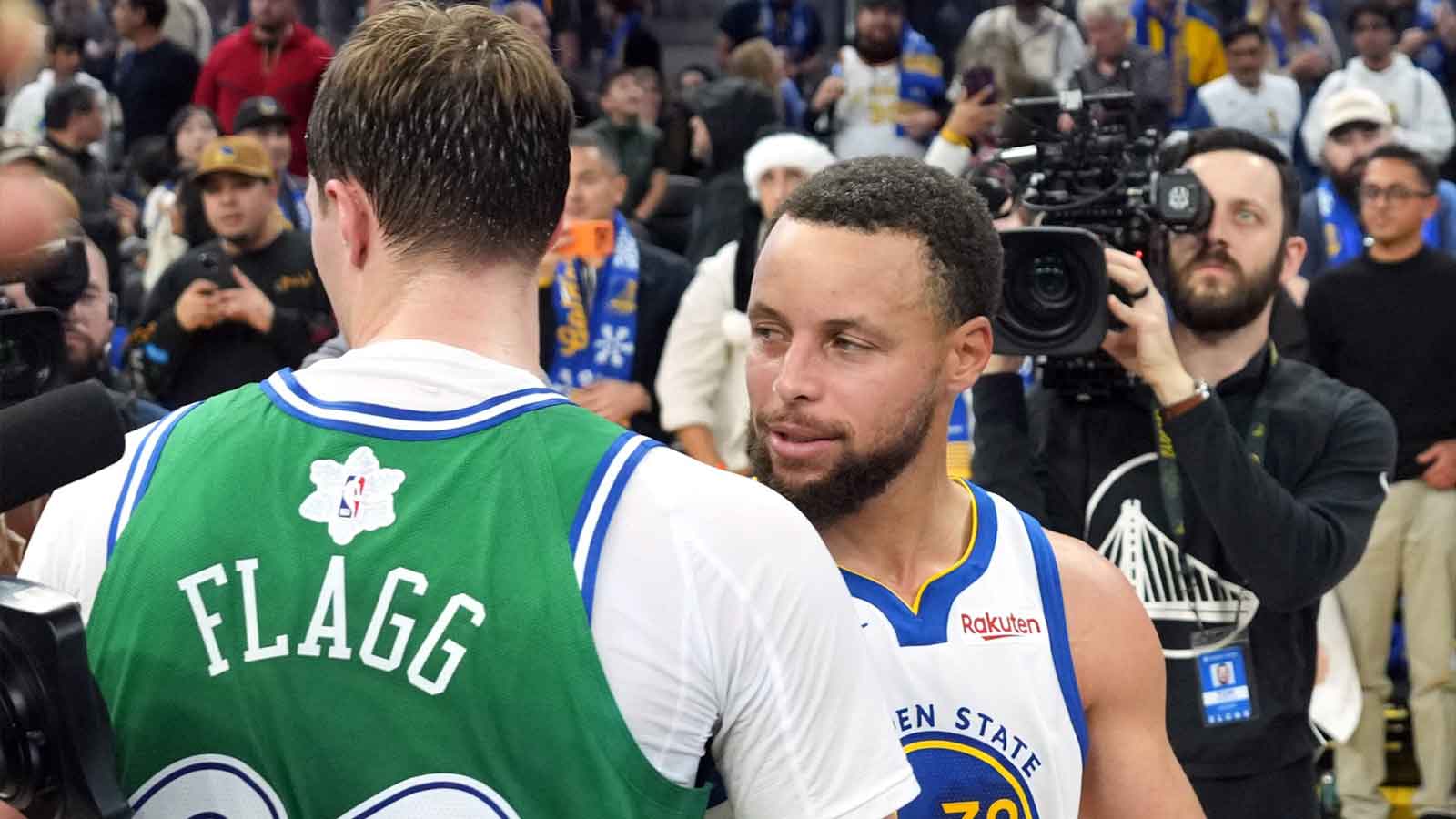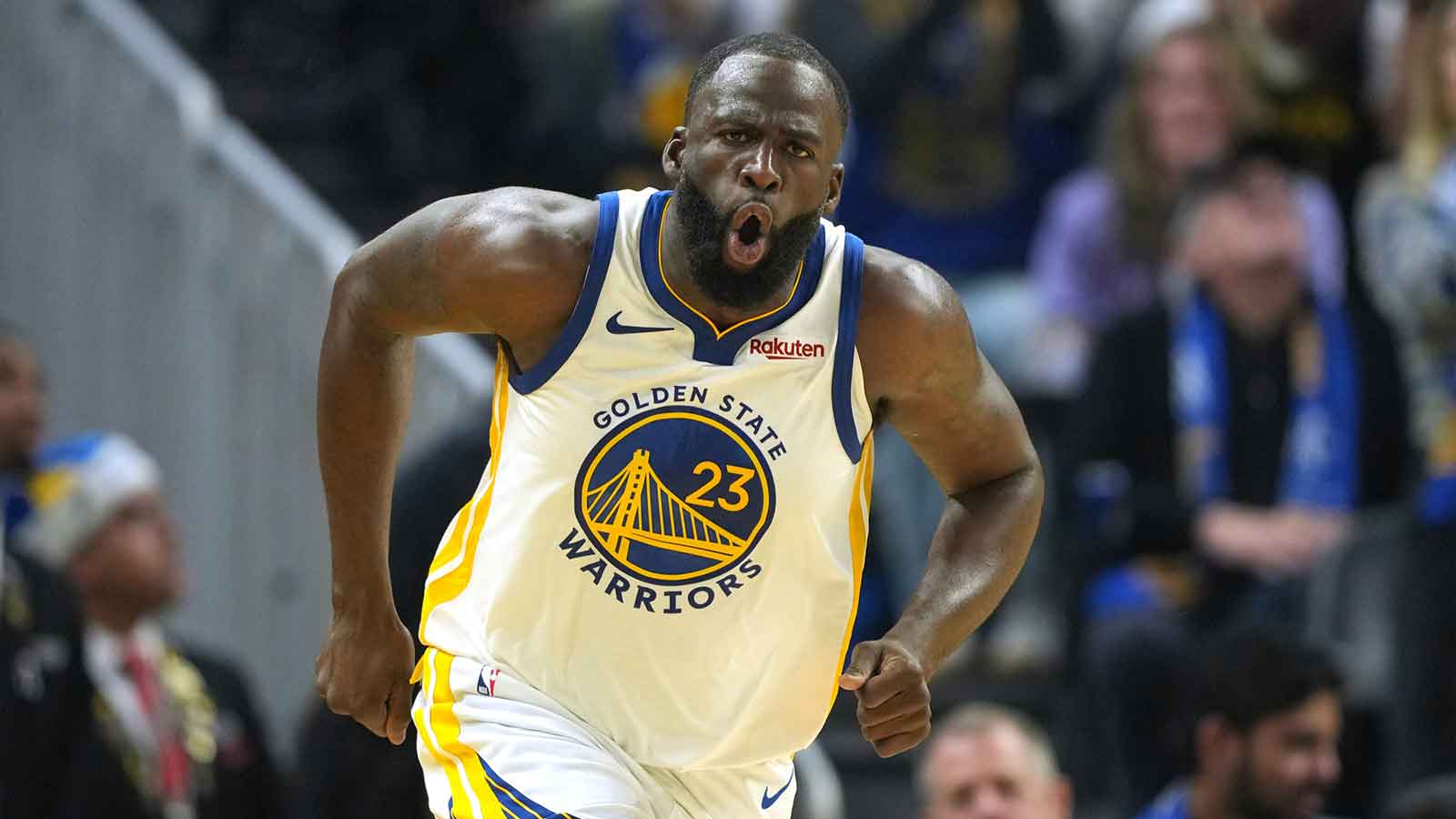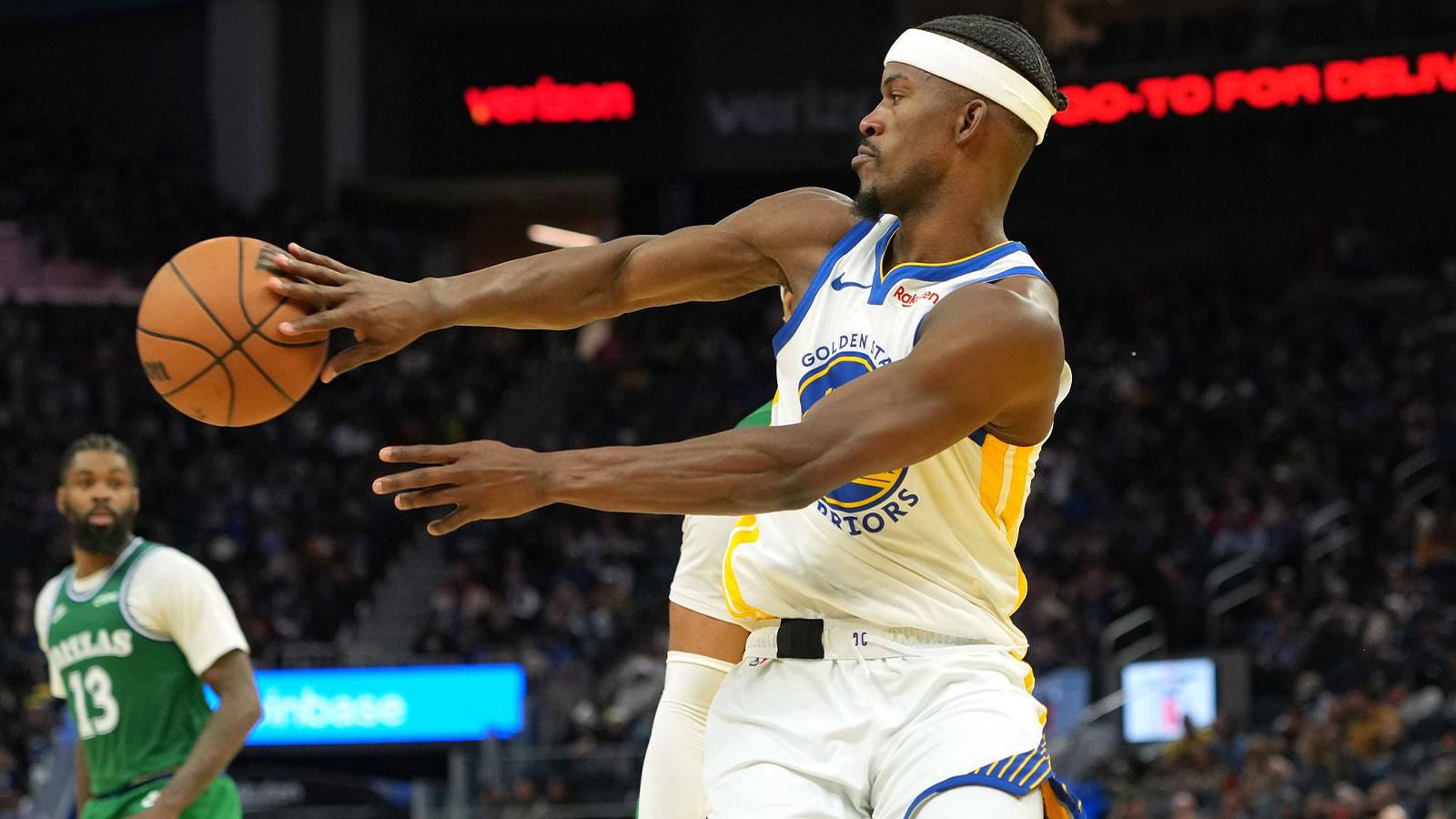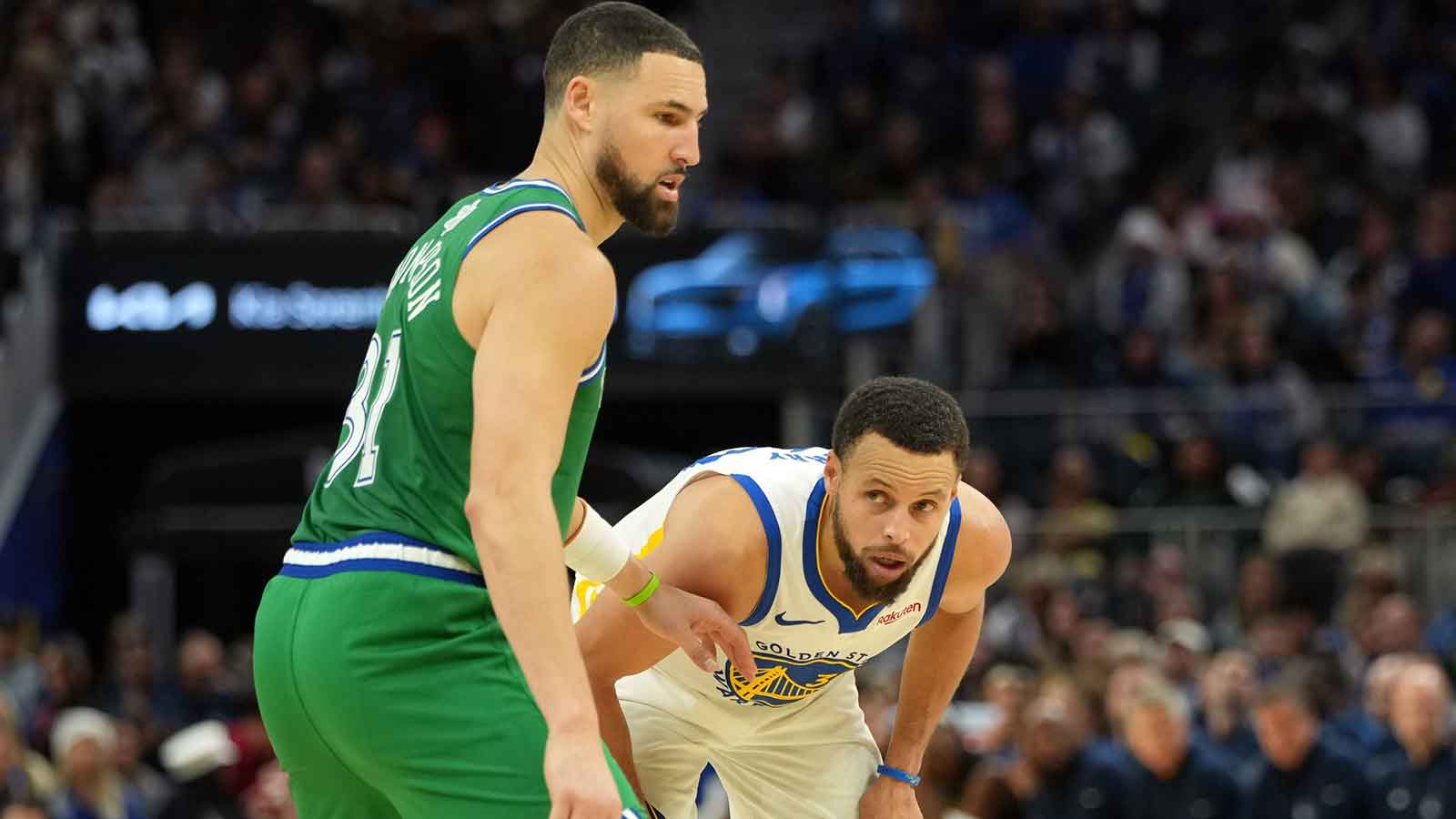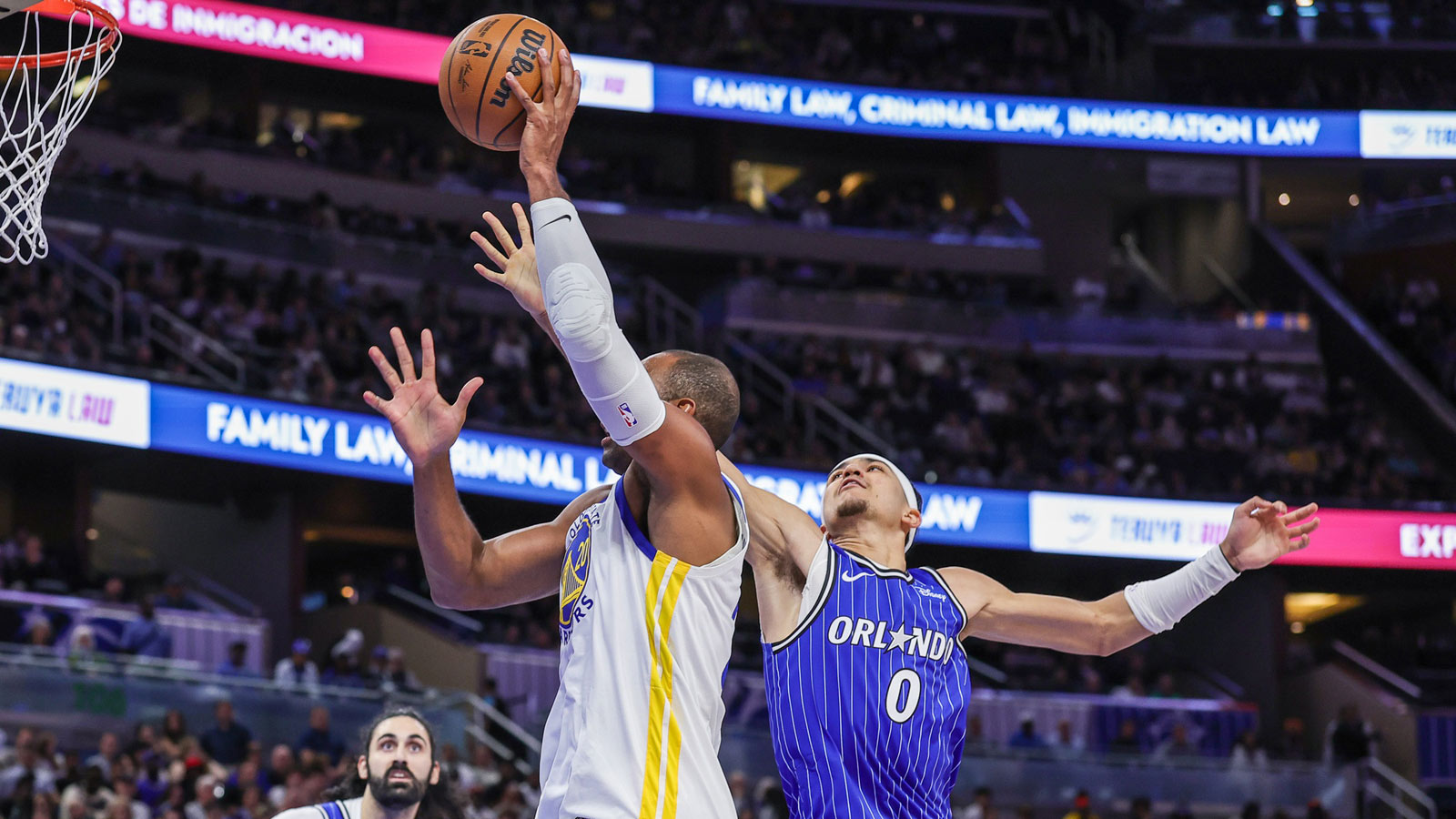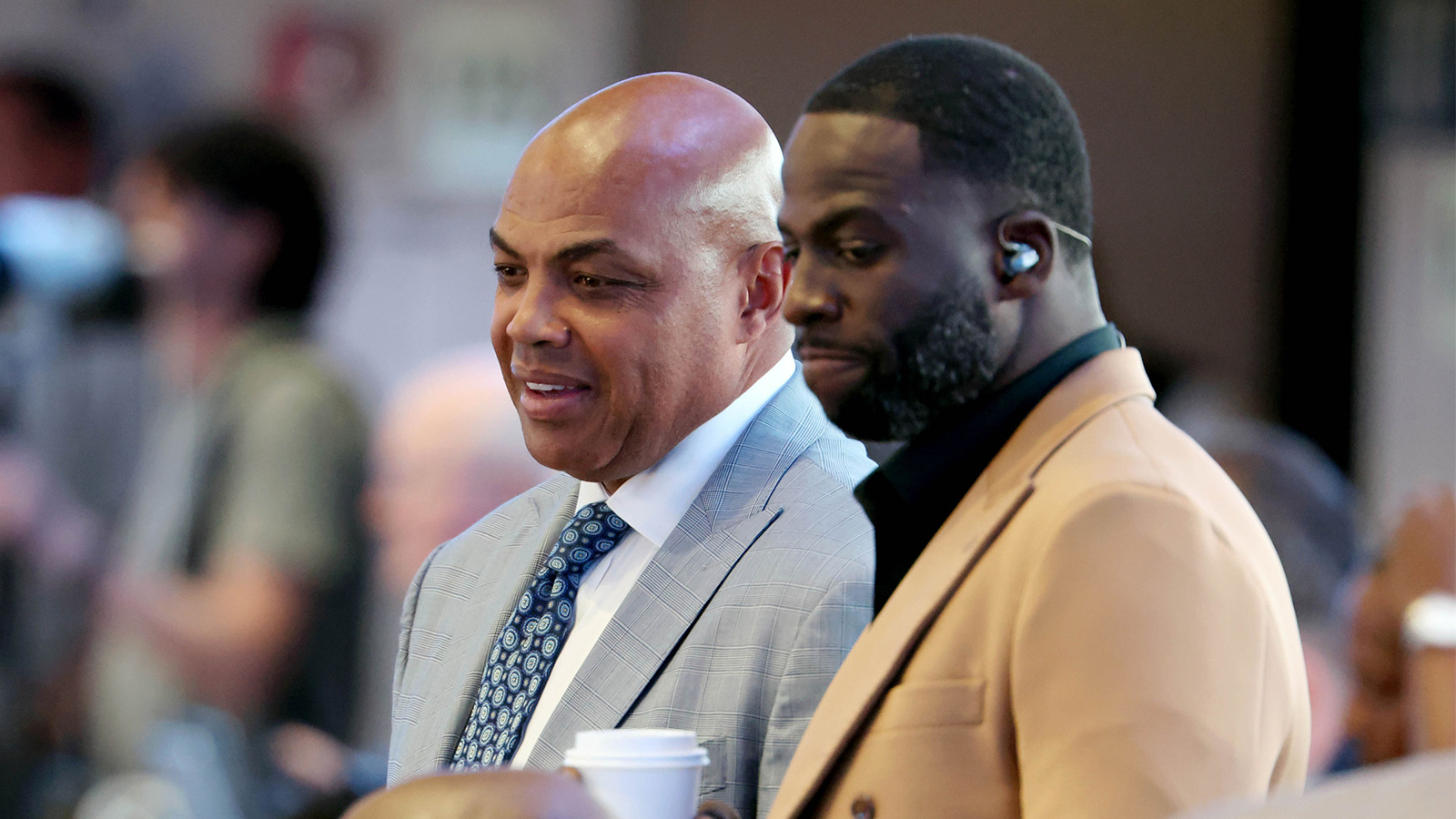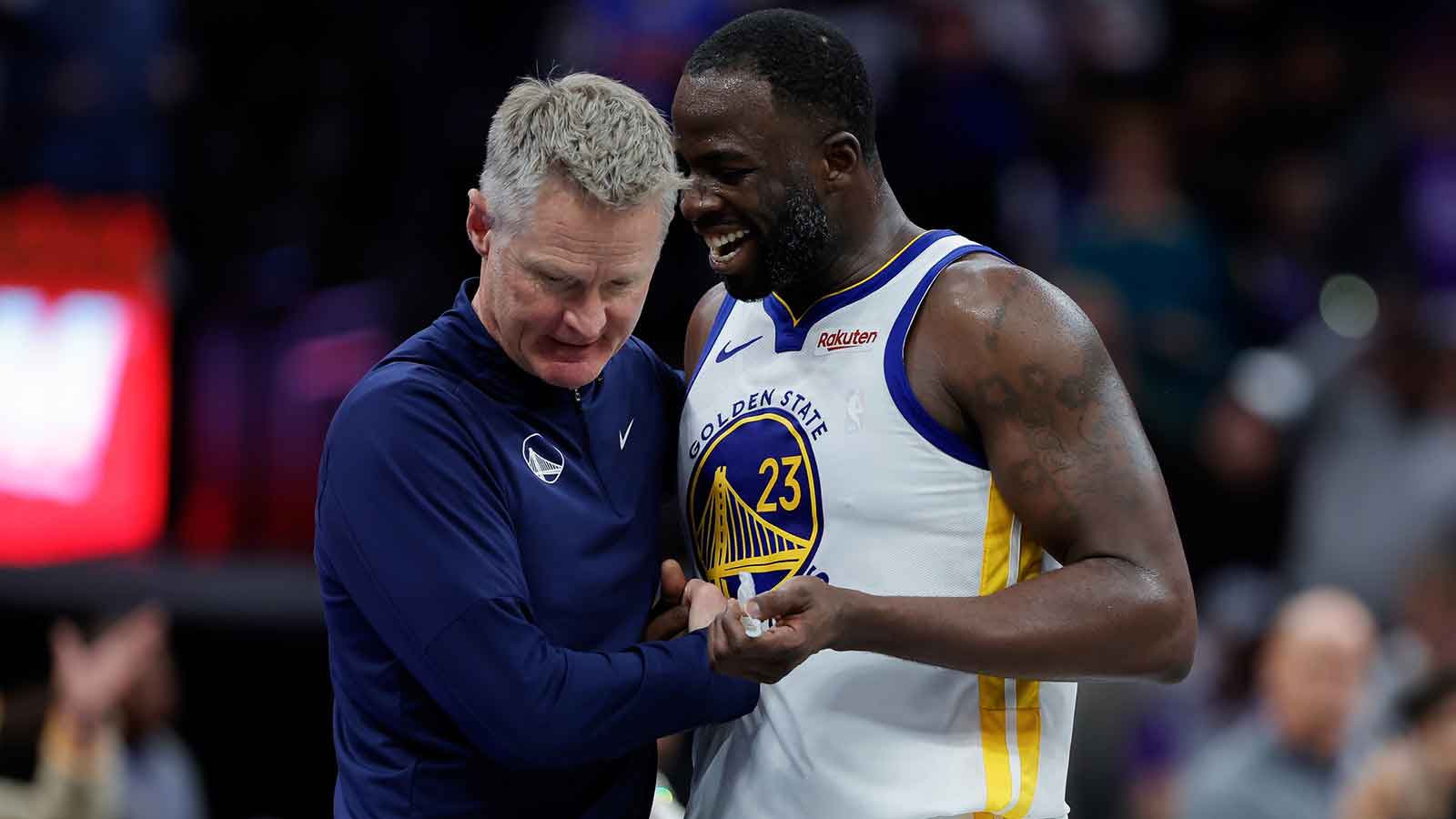To keep things simple, the Golden State Warriors and Jonathan Kuminga have made a mess of this offseason. What should have been a straightforward, easy process in restricted free agency has suddenly become a toxic, never-ending scenario that is now set to drag on into September without a clear resolution in sight.
Kuminga entered the offseason with inflated value after stepping up against the Minnesota Timberwolves in the playoffs without Stephen Curry. Even so, the Warriors were never prepared to give in to the 22-year-old and his camp's demands this summer.
If Kuminga were to return to Golden State, the mindset was that it would be on the organization's terms and on a contract that best suits the future of the franchise, especially since the former seventh-overall pick has struggled through the years to cement himself as a foundational piece of the Warriors' future.
When the offseason began, the Warriors' mission was simple: find immediate value in a potential sign-and-trade that would not only give Kuminga the opportunity to become the player he wants to be elsewhere but also supply the Dubs with win-now talent alongside Curry, Jimmy Butler, and Draymond Green.
Although owner Joe Lacob and others within the organization have loved Kuminga and view him as a high-level talent who is still growing, the team as a whole was prepared to part ways with the forward for the right price.
That price never came from any team this summer, and the Warriors have since closed the door on potential sign-and-trades, even though the Phoenix Suns and Sacramento Kings made firm offers for Kuminga.
As the calendar prepares to flip to September, with training camp about a month away, a lot of uncertainty continues to surround the Warriors and Kuminga.
While the Warriors have proposed a two-year contract worth $45 million to Kuminga and his representation, it comes with clear stipulations.
Aside from waiving the no-trade clause he would receive with this two-year contract, Kuminga would also see the Warriors have total control of his deal with a team option in the second year.
As a result, he has stood firm on declining this offer and continues to indicate that signing his $7.9 million qualifying offer is in his best interest.
The Warriors have long maintained the mindset that this is nothing more than a negotiating tactic by Kuminga and his camp, as signing the qualifying offer doesn't help him or the organization.
If Kuminga truly doesn't want to be back with the Dubs, which seems like his only path at this point, why would he essentially lock himself into a one-year deal for less money and an undefined role after leaving the Warriors with no path to trade him?
That is why Golden State has continued to believe that its two-year offer is the best option. With training camp beginning in about five weeks, Kuminga has not budged, and neither has the organization.
Will Kuminga's threat of accepting his qualifying offer become a reality for both parties, or should the Warriors revisit their strategy and slightly adjust their contract offer?
Warriors' contract stalemate with Jonathan Kuminga
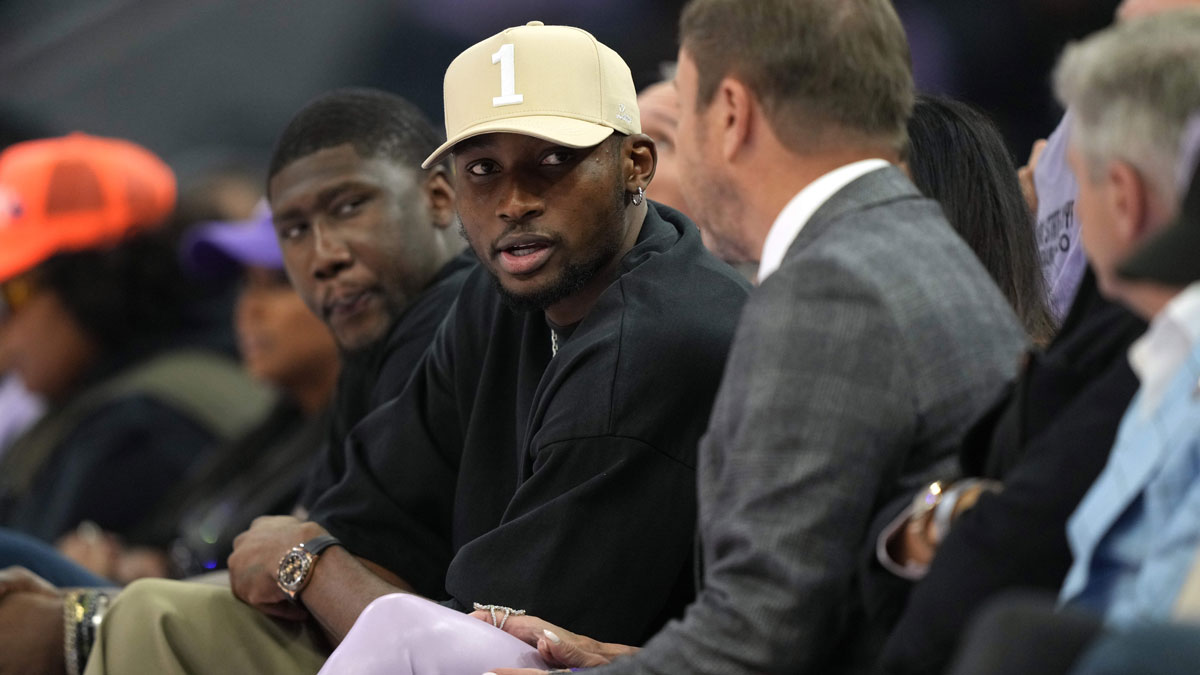
Restricted free agency has turned into a battle of leverage between players and their respective teams.
Josh Giddey and the Chicago Bulls have yet to reach a deal this offseason. The same can be said about Quentin Grimes and Cam Thomas with the Philadelphia 76ers and Brooklyn Nets, respectively.
All four restricted free agency situations are held up because of leverage, and in all four cases, it's the organizations that basically have full control of the players.
Whether or not it's time to adjust how restricted free agency works is a completely separate conversation, as the matter at hand between the Warriors and Kuminga revolves around what the player actually wants at this point.
It has become very clear this offseason that Kuminga wants no part of the Warriors. Between head coach Steve Kerr benching him throughout the years and his role constantly changing, Kuminga feels as if he hasn't been valued.
That is why he entered this summer wanting a new home, one where he could be a starter and maximize his potential.
The bottom line is that Kuminga is still young. He's only started 32 percent of the games he's played in over the last four seasons, and his value around the league isn't the same as what the Warriors have offered.
Entering September, two options are on the table right now for Kuminga:
- A two-year, $45 million contract with a team option and zero trade restrictions
- Accepting the $7.9 million qualifying offer for the 2025-26 season
The Warriors believe their offer is fair value for Kuminga to continue growing in his role next to the team's stars, and it's easy to believe why the Dubs' offer makes sense.
Not only would they be guaranteeing Kuminga more money right away, but Golden State's offer basically clears the air, for the time being, and opens the door for a potential trade before February's trade deadline.
Ultimately, this option presents a path to both sides getting exactly what they want during the 2025-26 season.
However, Kuminga and his side don't see it entirely this way, as this deal does result in them sacrificing the little bit of leverage they may still have. If he were to accept this two-year proposal, Kuminga wouldn't have a say in where he potentially ends up, and, from his point of view, he can't control his contract.
Then again, what is there to control when it comes to the qualifying offer?
If he were to accept the $7.9 million deal for the 2025-26 season, this would basically be Kuminga and his representation admitting that they have no other choice.
It would be a massive risk to forfeit this kind of money for one year. Kuminga also runs the risk of injuring himself while playing on the qualifying offer or seeing his role drastically reduced.
How would that impact interest from other teams around the league, and what kind of message would accepting said qualifying offer send?
Perhaps the biggest question regarding the two-year offer on the table versus the qualifying offer is what the real differences between the two are.
Since he is likely to be traded by the Warriors anyway, would it make more sense from Kuminga's vantage point to accept more money, make the most of his opportunity, and embrace a change in scenery?
While he wouldn't have control in picking his next destination, something he would have in 2026 by signing the qualifying offer, Kuminga could potentially still become a free agent next year if the Dubs didn't trade him and instead opted out of the team option in this two-year proposal.
The only reason Kuminga hasn't accepted this contract is because he truly doesn't want to return to the Warriors. To change his mind and for these two sides to reunite, it seems like an understanding of what Kuminga wants will need to be at the forefront of this two-year proposal.
This offer is unlikely to change.
The Warriors have held out this long, and no team in the league has the ability to try and force Golden State's hand with an offer sheet. At the same time, maybe it does make a little bit of sense for the Dubs to budge a little bit just to end this stalemate.
Would changing the team option to a player option make Kuminga more inclined to return on a two-year $45 million contract?
After all, the Dubs would still have the ability to trade him, and this would essentially be a one-year deal for Kuminga since he could still opt out next offseason.
Even better, maybe the two sides can reunite, hash out their differences, and this situation goes in a completely different direction where Kuminga remains a young piece of the team's core.
Still, the clock is ticking, and the Warriors would like to resolve this matter sooner rather than later, especially now that September has arrived.
When will Jonathan Kuminga, Warriors make their final decisions?

Unless the Warriors receive an offer they can't refuse regarding a potential sign-and-trade, which is highly unlikely, Kuminga will return to the team for the 2025-26 season.
The only question is whether he will have signed a new contract or his qualifying offer.
Even after receiving the Dubs' two-year offer, Kuminga has continued to signal he is comfortable playing next season on the qualifying offer. It would be a lie to say he isn't leaning toward accepting it. But it would also be a lie to say he has shut the door on an actual contract from Golden State.
Kuminga just wants to feel valued and not like a pawn on a chessboard.
That is why there is such a holdup in these negotiations. Taking the team-option deal and waiving the no-trade clause means he would basically sacrifice all control he has over his future.
There is still some time for the two sides to renegotiate the terms of the proposal that has already been presented. Then again, the big question is whether the Warriors are willing to budge.
Golden State wants a resolution.
This standoff with Kuminga has stopped them from finalizing deals they've had lined up in free agency since the start of July with Al Horford, De'Anthony Melton, and others. Until Kuminga's contract situation is resolved, these players remain unofficially signed by the Warriors.
With training camp right around the corner, these players need to officially sign their deals with Golden State for the 2025-26 season.
Once Labor Day passes on Sept. 1, more clarity on Kuminga's immediate future should present itself. After all, the Warriors would prefer to find a solution early in the month and not wait until Oct. 1, when qualifying offers expire.

